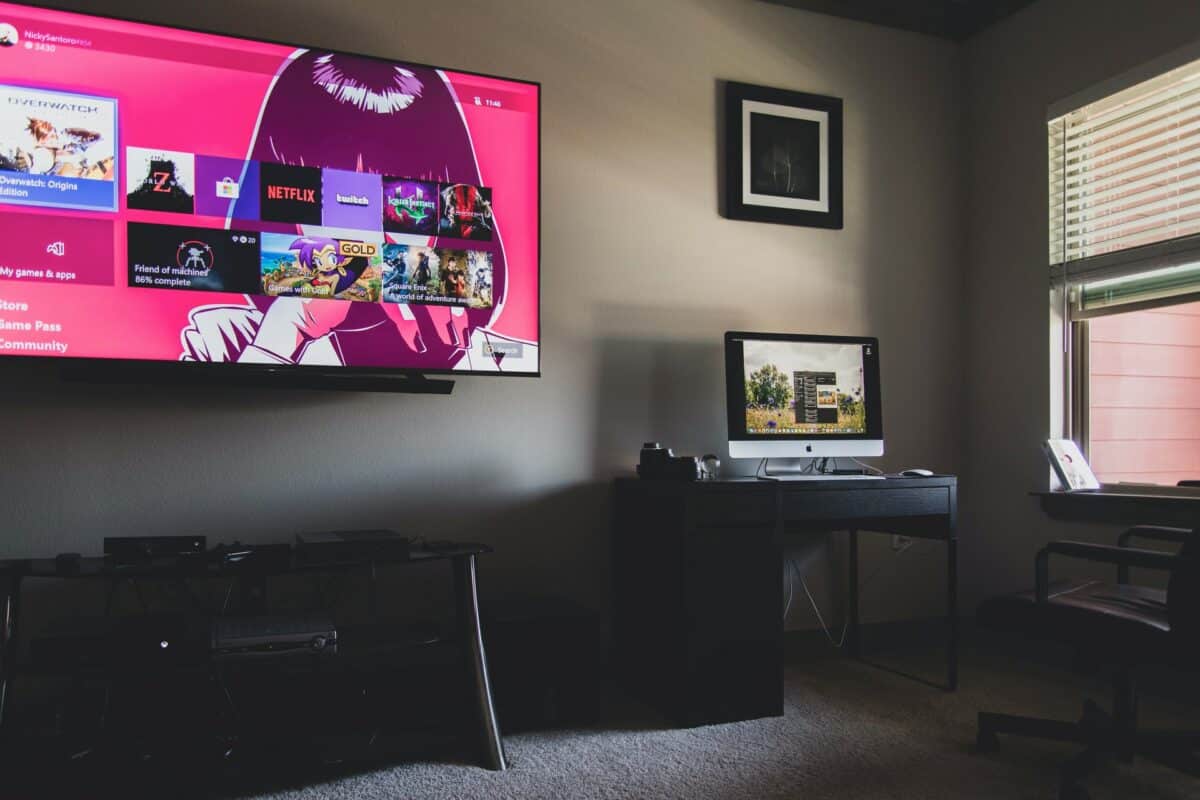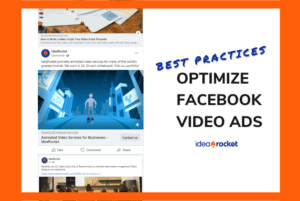Advertisers go where the audience is. A decade ago, that meant advertising on television. Then the audience shifted to the big streaming services, Netflix, Hulu, and Amazon Prime. Soon everyone wanted to get in on the game. The streaming marketplace fragmented to include single-network offerings like Peacock, HBO Max, Discovery Plus and Curiosity Stream.
With each new platform, advertisers get a new opportunity to reach their audience. But jumping into this changing market can be intimidating. We’ll show you how to buy advertising on streaming services, and why you should consider it.
“To do TV-like advertising on a big screen in someone’s home is actually highly achievable now,” says Mark Power, Founder and CEO of Podean an Amazon agency, and the author of Amazon for CMO’s. “You don’t have to spend a fortune to do that. It’s much more accessible to brands of any size now than ever before, plus there’s immense opportunity to use data to make that message go as far as possible.”
The Streaming Video Service Marketplace
For now, we’ll ignore the streaming services that mirror ads from the over-the-air platforms like DirectTV streaming or Paramount+. We’re focusing on places you can buy advertising specifically for streaming services.
Some platforms, like Peacock, allow you to buy ads across their parent company’s entire network of streaming and traditional TV services using a single marketplace. In fact, they encourage advertisers to do so with NBCUniversal One Platform.
In terms of revenue and reach, Amazon Prime, Hulu and Netflix are the top streaming services today. Disney+ is a rising star. YouTube TV and SlingTV sometimes also get honorable mentions. Of these, only Hulu, Sling, and YouTube TV allow brands to buy advertising.
One platform that hasn’t yet made the list of top streaming sites, but may be worth exploring, is IMBd TV. This platform is owned by Amazon and the tech giant has historically used it as a testing ground for advertising solutions like shoppable ads.
“Amazon is always testing and learning,” Power says.
Anyone who wants to buy ads on streaming services should be testing and learning too. The video-on-demand advertising market is evolving rapidly thanks to the speed of technical innovation and changing consumer expectations. To stay relevant in this shifting marketplace, brands need to stay aware of the rising trends.

Reaching Cord Cutters With Streaming TV
The biggest trend in television advertising is the continued movement away from traditional TV. Viewers, especially young people, are skipping live TV in favor of streaming services. In the third quarter of 2021, cable and satellite television companies lost about 1.33 million TV customers.
Where did they all go? Mostly to streaming services.
People are still watching TV, they’re just picking different ways to do it. About 82% of US households had at least one subscription video on-demand service according to the Leichtman Research Group’s Emerging Video Services 2021 study. More than half of U.S. households have three or more subscriptions.
Consumers generally prefer the convenience and cost savings of streaming services. They like that they can access all of their favorite shows anywhere on any device.
Smart advertisers are buying space on these platforms, especially if they’re hoping to reach audiences under 35. The Leichtman survey found that 81% of viewers aged 18-34 watch video on non-tv devices every day.
Best Practices For Ad Buys On Streaming Services
Before we dive into buying on specific platforms, there are some best practices that apply to all streaming services.
1. Know your audience.
One of the benefits of advertising on streaming services is the access to nuanced viewer data. Platforms know more about viewers than just what they watch. They may also have demographics, buying habits and other data valuable for targeting. To use these tools to your best advantage, you should understand exactly who you’re trying to reach before advertising on streaming services. Think beyond demographics to create a detailed buyer persona.
2. Choose the right streaming service.
Each service caters to a slightly different audience. While many households have multiple streaming services, that doesn’t mean they’re all the same. Ask for information about their audience demographics and viewership habits to decide if this is the best platform for you.
3. Design for multiple screen sizes.
Remember that television screens are just one way that people watch video on demand. Viewers may see your ad on their desktop computer, tablet or cell phone. Create an ad that is visually effective even if it’s served on a five inch screen.
4. Keep your brand in focus.
“If you’re going to spend the money on video make sure your brand is really present as you’re telling your brand story, not just a logo that pops up at the end.” Power said. “Bring that story to life in the context of how the product is used.”
That doesn’t mean you stick a logo on every available surface, but it does mean your viewers should know what the commercial is advertising even if they look away from their screen for a few seconds.
5. Follow ad guidelines for each platform.
Streaming services have ad guidelines for a reason. They help you meet viewer expectations and create high quality ads. Review and understand the ad guidelines for each program before you even start the video creation process.
Buying On Specific Streaming Services
Most streaming services give you the option to buy advertising space directly or through their programmatic advertising partner. Programmatic advertising allows for automated ad buying based on budget, demographics, and other preferences.
Buying direct often guarantees your placement, but that may come at a premium. Meanwhile, programmatic advertising allows for a hands-off approach. Your ads are served if they fit the space and budget available. The risk here is that you could be outbid by other advertisers.
Buying advertising on Hulu
For now you’ll work with Disney Advertising Sales to set budgets and plan your placements for a direct buy and programmatic advertising. Hulu has also released a beta version of their self-service advertising platform Hulu Ad Manager. RSVP for early access.
Buying advertising on Sling
Sling, a subsidiary of Dish Media, was among the first to introduce programmatic advertising to their streaming service. For all advertising options on Sling, you’ll use the same interface you would use to advertise on Dish Network, meaning you can communicate directly with Dish Network or go through one of its advertising partners.
Buying advertising on IMDb TV
To buy advertising on IMDB TV, you’ll go through Amazon DSP, a programmatic advertising marketplace. They offer both self-service and managed-service options. You’ll need an ad budget of $35,000 or more, to qualify for managed service. Amazon also has a long list of trusted partners that understand the platform and its unique requirements.
Buying ads on YouTube TV
Since YouTube is owned by Google, you buy YouTube TV ads directly through the Google ad marketplace. You can buy them using the same type of Google ads auction where you buy regular YouTube ads, but that doesn’t guarantee your ad will be show to YouTube TV viewers. For guaranteed placement, you’ll need to buy a reserved media placement. To do that, you’ll need help from a Google Sales Representative.
Is advertising coming to Disney+?
So far, Disney has chosen not to allow ads on the Disney+ platform. It does sell ads on ESPN+ and Hulu, which are both owned by Disney. Some rumblings in late 2021, led some bloggers to speculate that Disney is open to the idea, but it’s unlikely to happen anytime soon.




